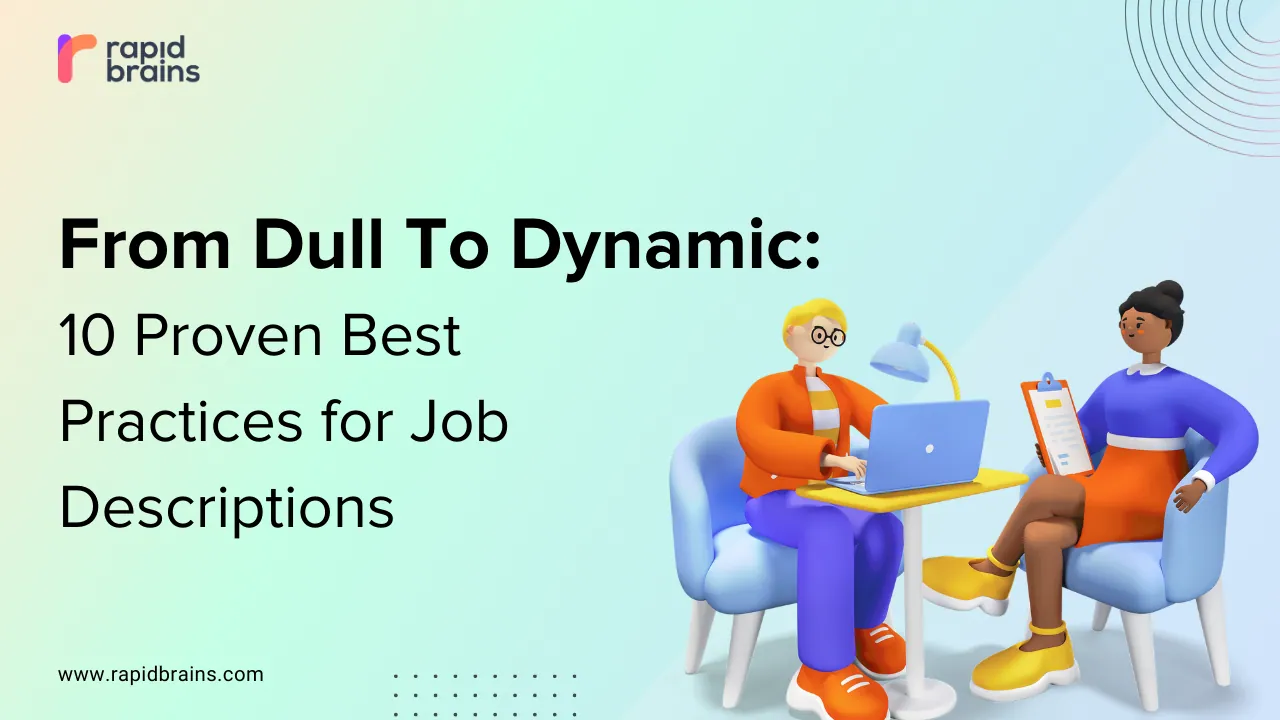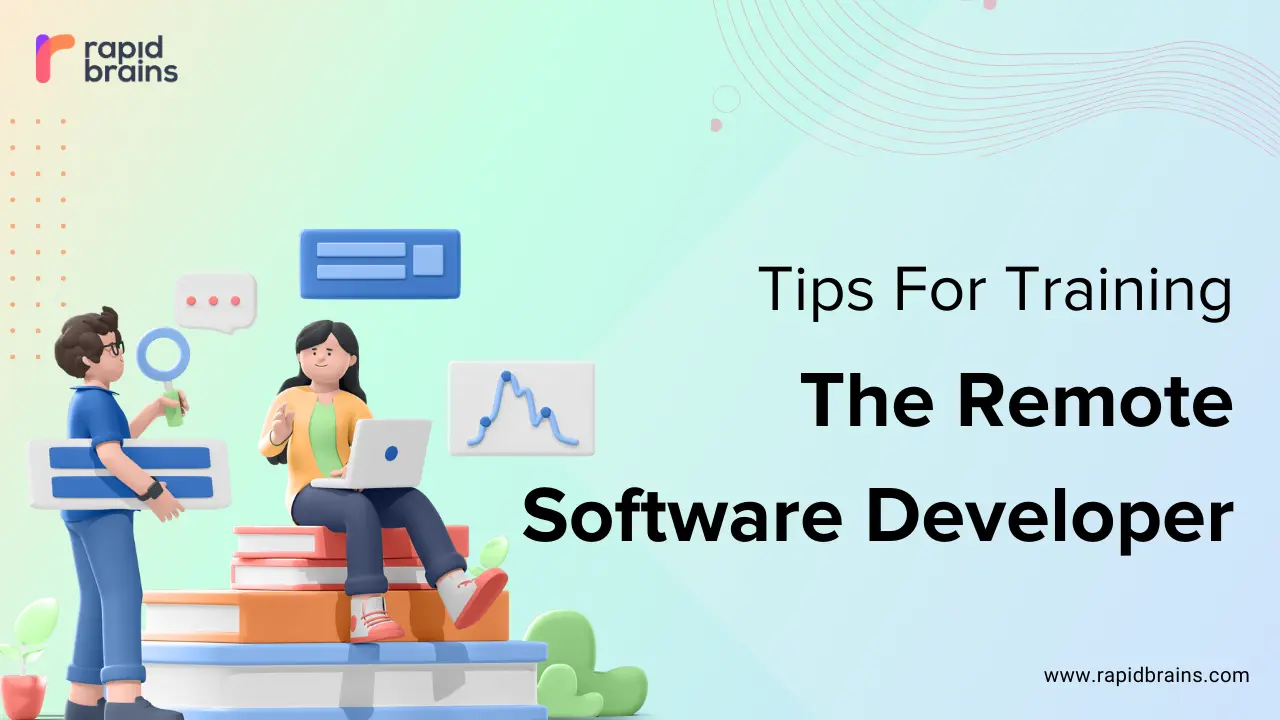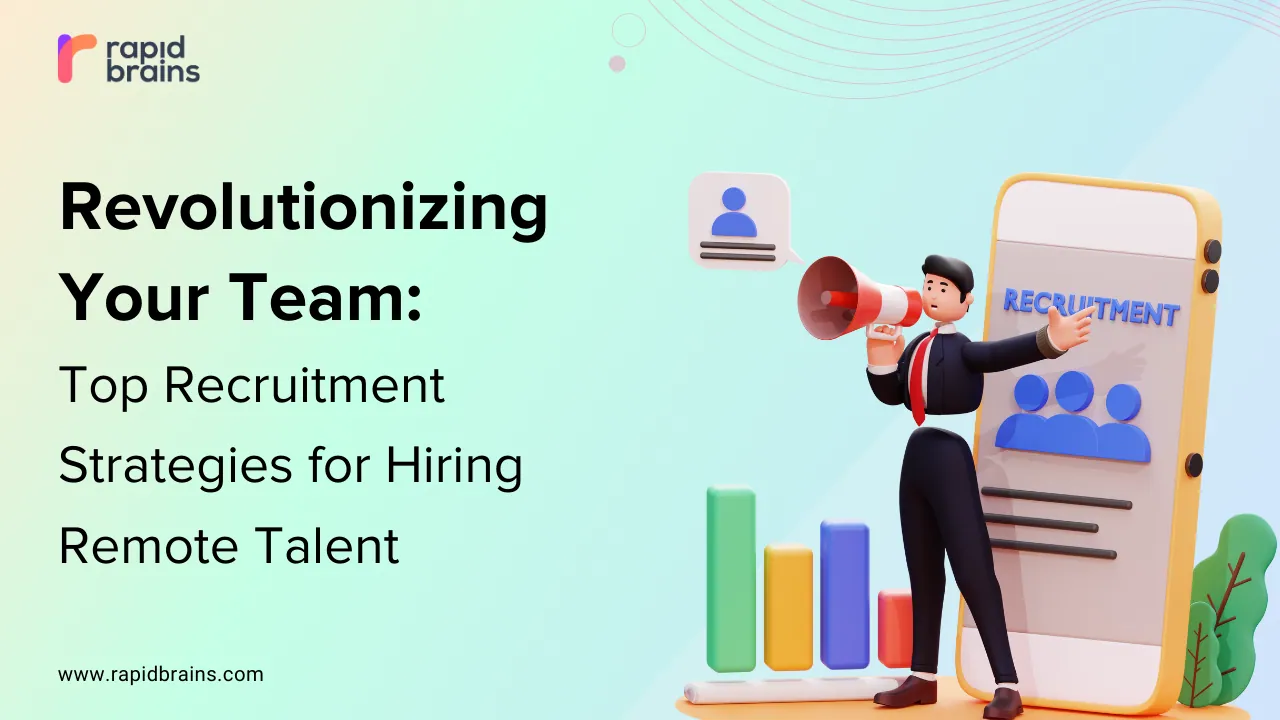
Introduction
In the fast-paced online economy of today, it is very important that an organization recruit and retain better remote workers in order to succeed. A proper job description is a strong incentive for attracting top programming talent, telecommuting experts, and highly qualified candidates. Rather than qualifications and duties being enumerated, the job post should be vivid, varied, and company values-friendly. In this article, we will also discuss some best practices in creating solid job descriptions that would appeal to professional developers and remote specialists in 2025.
Understand Your Target Audience
The key to a successful job description is recognizing the target market. Employers need to conduct extensive market analysis to determine employment trends, industry needs, and candidate expectations. By knowing what remote developers and seasoned professionals want in a job—like flexibility, career advancement, and firm culture—companies can craft job descriptions that will appeal to the best talent. Also, matching the tone and language with the brand of the company guarantees that the job description captures its remote work culture and values.
Use a Clear and Concise Job Title
The title of the job is usually the initial reference for potential candidates. It should be brief, precise, and SEO-friendly so that it can be posted on job websites. Instead of using plain and brief job titles like “Experienced WordPress Developer” or “Remote Software Engineer,” for example. With a precise job title, the job posting can attract quality remote employees and be listed on search pages.
Showcase the Company’s Culture and Values
Best remote expertise seeks out similar personal and professional values in a company. To include the culture of the company in the employment ad invite candor and engage potential employees that will thrive within the company culture. Don’t forget to include details about work-life balance, flexibility in telecommuting, diversity and inclusion initiatives, and employee perks. Adding testimonials of current remote developers can also add insight into the life of a company. RapidBrains, for instance, focuses on a productive remote working setup, professional growth, and a global collaborative workforce. Read more about RapidBrains.
Emphasize the Role’s Impact
Remote job candidates are motivated by possibilities where they can make a difference. Instead of providing descriptions of day-to-day tasks in isolation, speak to how the role contributes to the overall purpose of the company. For instance, when hiring a remote WordPress developer, speak to how their efforts will enhance user experiences and drive business expansion. Making it relevant in terms of real-world application and purpose-driven motivates candidates to envision themselves making a difference at the company.
Use Engaging and Inclusive Language
An effective job description has to employ colorful, broad, and action-oriented vocabulary. Stay away from business lingo, excessive buzz wording, or clichés. Instead, employ clear-cut, concise descriptions that address the candidate directly. Employing gender-neutral language and highlighting skills over strict experience requirements makes it an inclusive and diverse workplace.
Clearly Define Job Responsibilities
While ensuring that the job description is compelling, it needs to clearly define the job duties as well. Use bullet points to list out important tasks, projects, and expectations in brief. For instance:
- Design and develop high-performance WordPress websites.
- Work together with remote marketing and design teams to execute website improvements.
- Secure websites, scale websites, and optimize website performance.
Including real job duties allows remote developers to determine if their skill set and experience are appropriate for the position.
Highlight Growth and Development Opportunities
Remote high-level talent is looking for constant learning and career growth opportunities. Mention any career development activities, learning and development programs, and career paths within the company. Telling success stories of employees who have developed within the company can be very effective. RapidBrains, for instance, has intensive training and upskilling initiatives for remote professionals. Discover career development at RapidBrains.
List Essential Qualifications and Soft Skills
Clearly outline the technical skills, amount of experience, and soft skills needed for the role. Rather than specifying experience levels, focus on competencies and achievements tied to the role. For instance, instead of saying “5+ years of experience,” highlight the skill of managing remote projects or complex problems. This has the effect of broadening the talent pool and inviting a range of candidates to apply.
Incorporate Visual Elements
Adding photos, infographics, or video reviews will make the job description more appealing. Highlighting a global remote team through photos or a “day in the life” video provides the candidates with an idea of the workplace. Structured and visually pleasing job descriptions enhance candidate interest and application rates.
Ensure a Bias-Free Job Description
To promote diversity and inclusion, adopt neutral language. Avoid gendered language and focus on competencies rather than strict qualifications. For example, “good English communication” instead of “native English speaker.” Inclusive and neutral tone attracts more applicants.
Conclusion
To write an effective job posting, one needs to be creative, concise, and diverse. Knowing the target audience, focusing on corporate culture, and pointing out career development prospects allows companies to recruit top remote developers and top professionals. Using graphics, avoiding bias, and using a clear structure enhance the effectiveness of the job posting. Adhering to these best practices will make companies stand out in the competitive remote workforce market and recruit the best of the best.




